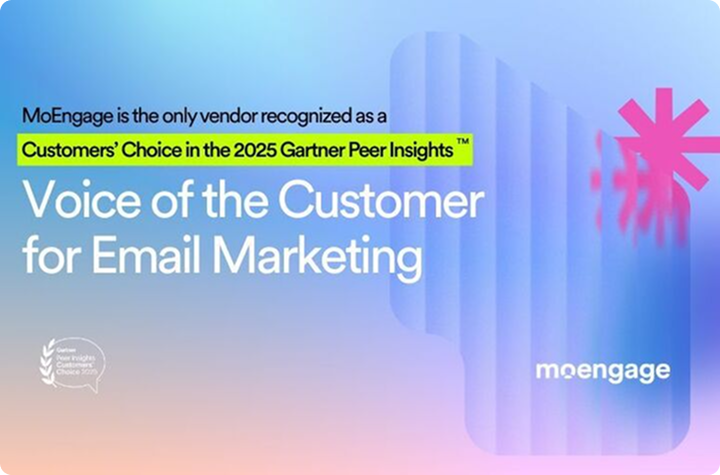Customer Engagement Deep Dive: How to Build Personalized Cross-Channel Journeys
Learn More
When brands think of marketing spends, the first thought is usually digital. The advantages of digital marketing only seem to amplify with the pandemic of 2020. Companies see a minimal benefit in any form of offline presence.
“But then, the Superbowl comes along, and everyone wants to publish an ad on television!” said Christian Galvin of Apptopia, explaining the mindset of marketers.
Here are some of the key takeaways from this discussion with some of the best brand-builders in the world.
Businesses that run online operations are less likely to consider offline marketing strategies even before the time of a crisis. Companies like Deliveroo and LIV Digital Lifestyle Bank admitted to keeping close to eighty percent of their digital spending.
When your retention happens online, it makes practical sense for a brand to have a surplus online budget. It’s easier for users to take action and reach the app, website, or landing page.
Most offline appearances occur in the form of brand-awareness activities. These activities include events and festivals, partnerships, or sponsorship. “These events are not derailed, just rescheduled for a later time when we are not in a lockdown,” says Vandana Chaudry of Deliveroo.
All brands expect to kickstart these events again when the cities return to life, and the strain of the pandemic is lower. The need for these offline activities is close to nil when there is little value to derive.
At LIV Digital Bank, they have just a single offline activity that also encourages awareness called the Hand-Wash-Challenge. It’s an attempt to show brand presence while also enforcing covid-appropriate-behavior. These events are collaborations with local bars and restaurants.
With the lack of offline activations, a lot of companies now hold a surplus budget. Rather than investing this amount back into search-result acquisition, the brand prefers to spend them on social media.
Social media provides the business with organic traffic that will stay on for longer. Platforms like Youtube have registered a spike in viewership, which is an opportunity for those yet to explore it.
LIV Bank noticed many brands used the crisis as a time to offer discounts and deals. However, that model would not work for a bank. They used the time to create a repository of these deals and publish them on their website and applications. “Encouraging our users to spend on their debit card is also a win for us,” they explain.
Many brands have started to embrace Direct Response Television once again. If played right, the use of television advertisements could result in massive returns. As more people stay indoors- the TV becomes an uncomplicated offline alternative.
One must understand what markets, costs, and segments of society they want to target with DRTV. An incorrect ad placement would result in a massive cash burn without any feasible returns. Companies must understand the user-base of the channels very clearly to target a small niche market.
Also, the crisis has led to a notable drop in the cost of television commercials. This could be the right time for brands to explore this limb and collect data on its efficiency.
Once the cities open up, more and more people will spend hours in traffic again. These uses constantly look for something to listen to; your podcast can make an excellent fit for daily impressions.
Compared to the podcasting market a decade ago, today’s podcasters have many measurable parameters to work with. Platforms provide many insights about the listeners based on the region, language, time-spent, and much more.
A brand that cares will always remain a hero in the eyes of the consumer. And a crisis is the perfect time to amplify your role in the community.
For example, Lovoo, the dating and gifting application, set up local community drop-off stations. People could drop off their excess essentials at this place, later distributed to the underprivileged.
They also ran a raffle (lucky draw) with BMW to give one winner a car. The winner of this champagne was a local nurse who helped patients at the time of COVID. Her winning a reward, and getting a platform to share her story, was a massive win for the brand.
A reason many marketers do not think of offline strategies is its lack of measurements. Compared to online campaigns, offline activity has significantly lower data on the users.
Brands must find a way to work around this disadvantage to ensure they are not alienating a whole division.
Be the first to access actionable reports, guides, tips, videos, podcasts from experts in Customer Engagement, retention and more!





MoEngage is an insights-led platform trusted by 1,350+ global brands like McAfee, Flipkart, Domino’s, Nestle, Deutsche Telekom, and more. MoEngage’s powerful analytics, personalization, and AI capabilities give a 360-degree view of your customers and help you create journeys across digital channels.
© Copyright 2025 MoEngage. All Rights Reserved.

Please wait while you are redirected to the right page...
